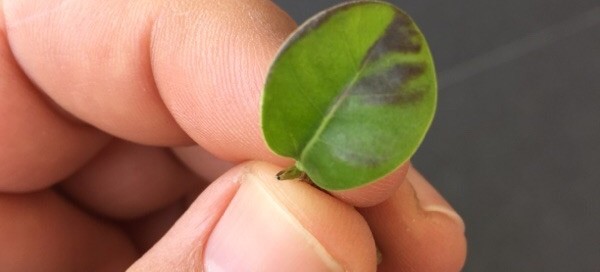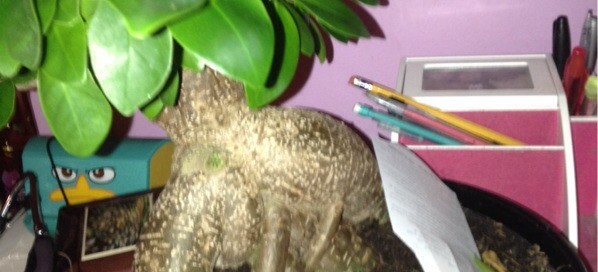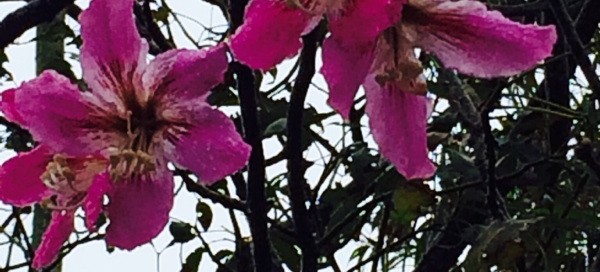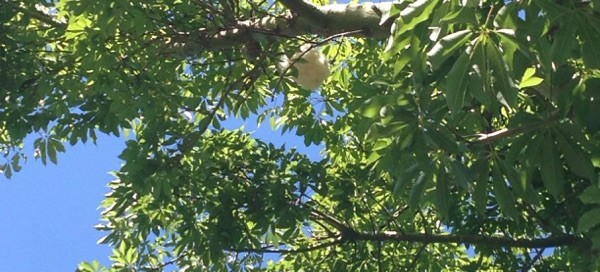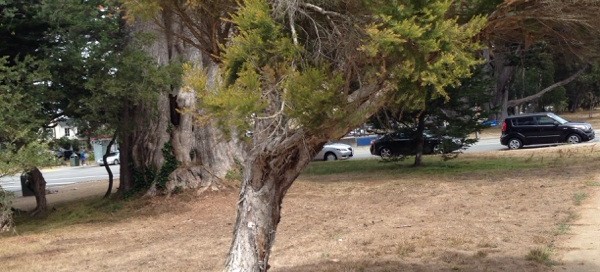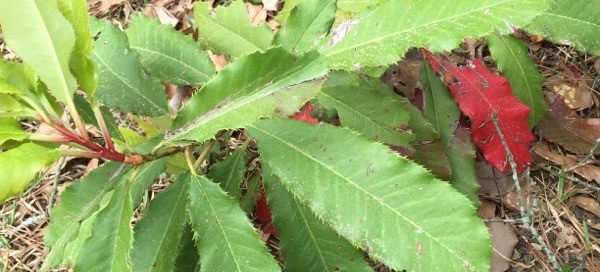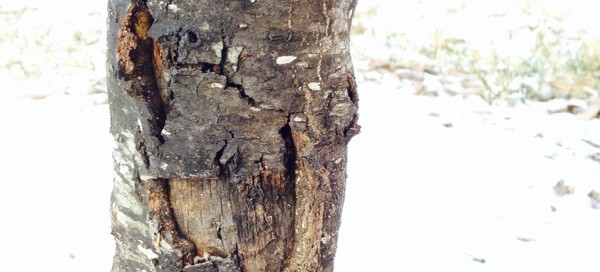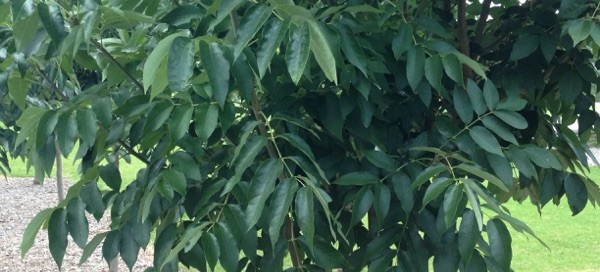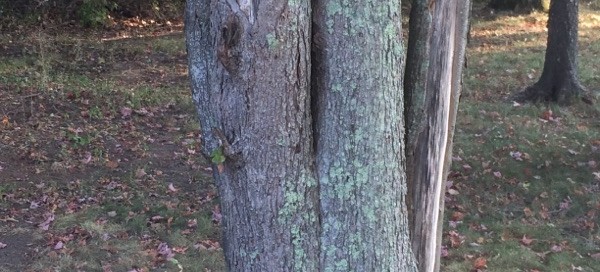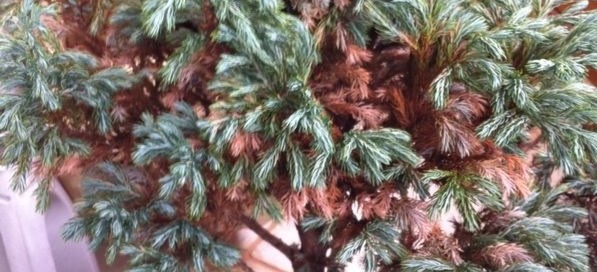Bonsai Problem
Difficult to tell for sure, but it could be the result of being indoors, or if recently transplanted, suffering from transplant shock, or allowed to dry out. Bonsai specimen are outdoor plants and cannot tolerate the low light conditions indoors for very long. Even with bright indoor light, it is not the same as being out doors. Most bonsai are grown in lath houses. Fertilize with a slow release food recommended for bonsai plants and find a nice outdoor area with filtered light and then be ready to water---they dry out so fast. We are concerned that the problem seems to be from the interior of the plant and this could also indicate a disease, but very difficult to ascertain from a photograph. It would be best if the problem could be confirmed in hand.
